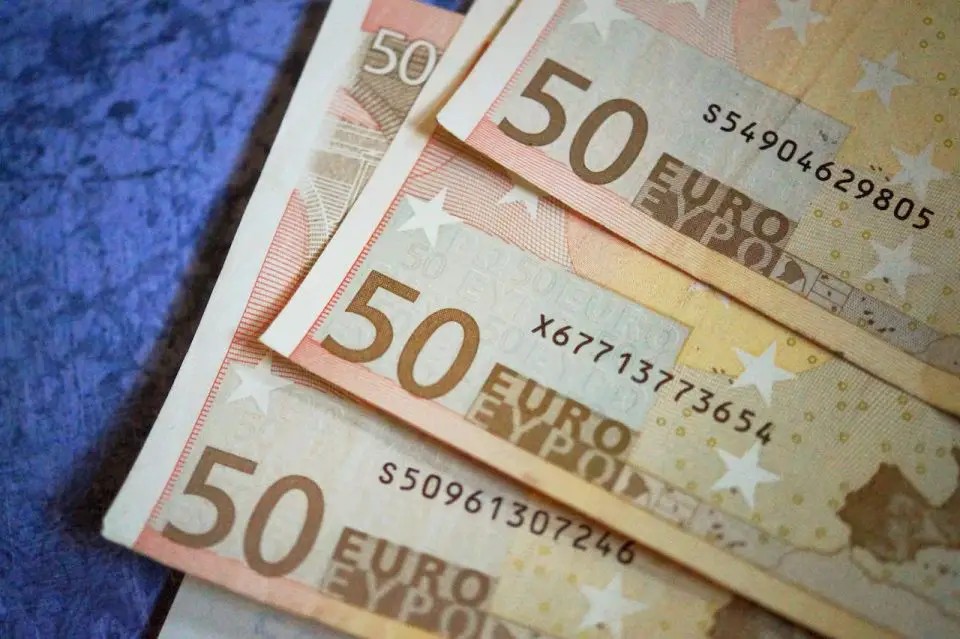The European Central Bank (ECB) has decided to halt its relentless rate-hike program, which had pushed borrowing costs to historic highs over a 15-month period. The decision mirrors the recent moves by the Bank of England and the US Federal Reserve, as the ECB’s governing council met in Athens on Thursday.
The ECB, under the leadership of President Christine Lagarde, has chosen to keep the main refinancing operations rate steady at 4.5%, with the marginal lending facility rate remaining unchanged at 4.75%. This decision comes as inflation dipped to 4.3% in the year to September, down from 5.2% in August, although it still stands at more than double the ECB’s 2% target.
Lagarde acknowledged that the decline in inflation can be attributed to a tightening of monetary policy affecting demand and corporate pricing power. However, the pressing question now is how long these rates will hold, with some market analysts already speculating on a potential rate cut as early as June.
Marcus Brookes, Chief Investment Officer at Quilter Investors, warned about the impending challenges, saying, “The problem facing central banks now is that they have successfully guided economies to this level of rates without tipping them into full-blown recessions, although Germany is experiencing one, and others will have felt like they were in one. So how long can rates really remain at this level before things really start to bite?”
The ECB’s decision to maintain the rate at 4% marks the beginning of a debate on the duration of the pause. It places the central bank in a delicate situation, trying to strike a balance between its monetary policy objectives while grappling with an economy characterized by high and uncertain interest rates. The aim is to achieve the maximum effect without inadvertently pushing the scales toward a full-blown recession.
In the larger context, the ECB’s move to hit the pause button on its rate-hike program underscores the prevailing uncertainty facing central banks across the globe. These institutions are navigating a precarious path as they strive to maintain equilibrium between fostering economic growth and addressing mounting concerns about inflation.
In summary, the ECB has opted to halt its extensive rate-hike program, which had driven borrowing costs to historic highs. This decision aligns with the recent actions of the Bank of England and the US Federal Reserve. The pause in rate hikes coincides with a notable drop in inflation to 4.3% in the year to September, while the ECB’s target remains more than twice that rate at 2%. Central bankers now find themselves in the challenging position of treading carefully between fostering economic growth and addressing inflation concerns within the unpredictable backdrop of the global economy.
Source: Bloomberg

